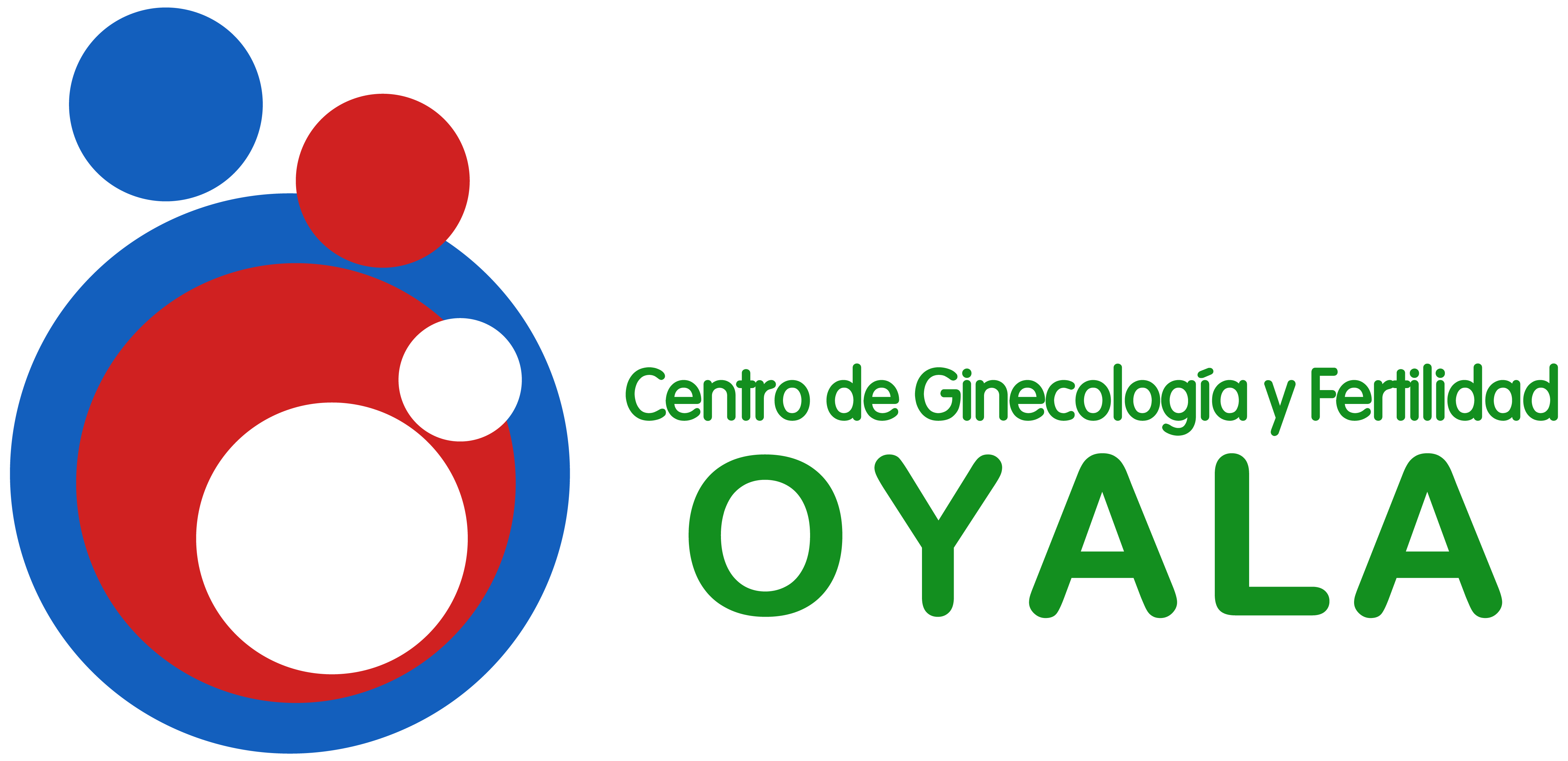Osteopathic treatment is based on the manipulation of the body by addressing soft tissues as well as joints in order to restore or balance the normal functioning of the body.
It is performed both structurally and viscerally, having an effect on all tissues, the connective tissue (including visceral ligaments and neurovascular fascia) being of special interest.
It is the only health specialty that treats cranial tensions.
Osteopathy sees the body as a globality considering all the interdependent parts, therefore not only the area to be treated will be important but all those that have direct or remote relationship.
The basis of osteopathic treatment is to balance the body at three levels:
- On a mechanical level: balance tensions of both structural and visceral structures,
- At the fluidic level: improve blood supply as well as improve venous and lymphatic drainage,
- And at the neuroendocrine level: improve the function of the autonomic nervous system – responsible for all involuntary functions of the body such as digestion, the menstrual cycle… – and hormonal axes).
How osteopathy can help to get pregnant and regulate the menstrual cycle: areas of action on gynecological pathology.
Taking into account the three levels to be balanced, the treatment areas will be the following:
- Cranial Zone: Basically related to the neuroendocrine system. This area is essential to improve the relationship of the hypothalamus-pituitary axis, this is achieved by addressing the cranial restrictions and releasing the cranial membranes. Therefore, it is an area of special attention in alterations of the cycle and infertility because it is the area that contains the hypothalamus and pituitary as producers of FSH and LH, and also production of Prolactin and ACTH, which as we have seen can alter the normal function related to emotional causes.
- Pelvic area: The gynecological system has direct or indirect insertion into the bone pelvis. Therefore, a restriction in the pelvis results in a restriction and lack of normal movement of the internal structures. The osteopath will have special interest to eliminate possible alterations or restrictions in the pelvic osteo-articular complex. In the pelvic area it is important to assess the uterine position for its importance in fertility. The position can be affected by adjoining problems and adhesions (both post-inflammatory and surgical).
- Therefore, the osteopath specialized in urogynecology will assess the different possibilities of fixing the uterus (“position”, “version” and “flexion”), to improve the relationship between the body and the cervix to facilitate the passage of sperm, and the position inside the pelvis, thus releasing or easing tensions and adhesions.
- Thoracoabdominal area: It is an important area at the level of intracavitary pressures at both thoracic and abdominal and pelvic levels, since it can mechanically and fluidly alter the reproductive areas. If there is a lot of thoracic pressure it can affect the poor function of the diaphragm and in turn the abdominal pressure. This translates into increased pressure from the upper part of the pelvic area and its organs.
- Cervical fascial area: The middle cervical fascia (of the different fascial layers in the neck) is related to the Thyroid Gland and improving cervical fascia tensions implies an improvement in the vascularization of the gland and therefore a better function.
Benefits of osteopathy over gynecological pathologies
Many of the pathologies of the pelvis in general and gynecological in particular can improve totally or partially if they are approached with the triple approach, improve the mechanical part, improve the fluidic part (both irrigation, venous and lymphatic drainage), and improve the axis neuroendocrine.
Therefore, osteopathic treatment is very effective for:
- Dysmenorrhea,
- The dyspareunia,
- The alterations of the menstrual cycle,
- Chronic pelvic pain,
- Polycystic ovarian syndrome,
- Functional infertility,
- Vaginismus,
- Vulvodynia
and it is quite effective in:
- Endometriosis
- Cystoceles,
- Rectocele,
- In addition to serving as an aid to IVF.

